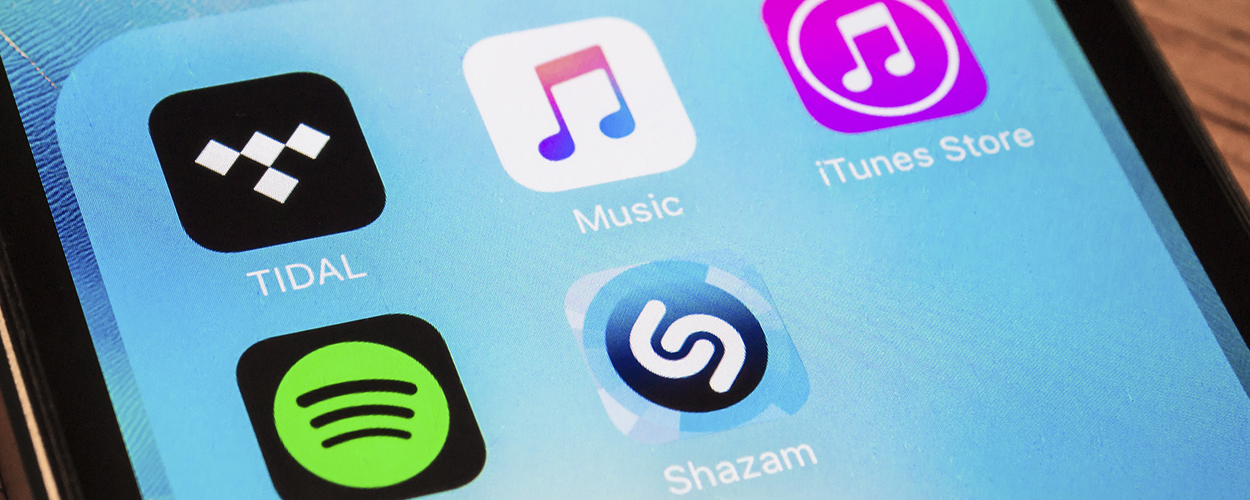This website uses cookies so that we can provide you with the best user experience possible. Cookie information is stored in your browser and performs functions such as recognising you when you return to our website and helping our team to understand which sections of the website you find most interesting and useful.
Business News Digital Labels & Publishers Legal
US Copyright Royalty Board confirms 44% increase in streaming royalty on songs
By Chris Cooke | Published on Thursday 7 February 2019

The Copyright Royalty Board in the US has published a lengthy statement outlining its revamp of the mechanical royalty rates to be paid by companies that make copies of songs Stateside.
The new rates were first published a year ago and include a top line 44% increase in the revenue share rate being paid by the streaming services, which will ultimately rise from 10.5% to 15.1%. Additional motions were submitted by both music owners and music users after last year’s initial announcement, leading to more consideration and investigation, and then this week’s ‘final determination’. Participating parties now have one more chance to appeal.
The reproduction of songs in the US is covered by a compulsory licence, which means songwriters and music publishers are obliged to allow labels and digital services to make copies of their work at industry-wide rates. Those rates are set by the CRB which has long been criticised in the music community for under-valuing music rights. Though this time round the music industry has generally welcomed the CRB’s decision for mechanical royalty rates moving forward.
Commenting on this week’s final determination, Benjamin Semel at a law firm that works for the National Music Publishers Association, Pryor Cashman, said: “The final determination that became effective today is even stronger than the initial determination, as the judges clarified an important definition during the rehearing motion phase, providing additional protection against streaming services using product bundling to exclude revenues from the royalty pool”.
Digging into the details, he said: “The baseline statutory royalty rate for using musical works in interactive streaming will rise 44% by 2022, but the improvements in this determination go beyond just that. Just as importantly, the new royalty rate structure offers more protection against royalty dilution”.
“The royalty pool”, he went on, “will now be the greatest of three different metrics: one, an annually rising percentage of revenue; two, an uncapped and annually rising percentage of the amounts paid by the services to record labels in the free market for the same streaming activity; and three, fixed per-user royalty floors that vary among the different streaming models”.
Streaming is a revenue share business at heart, with services like Spotify and Apple Music committing to share their monthly revenues with the music rights owners, usually based on overall consumption share. Because streams exploit both recording and song copyrights, that means sharing revenues with two sets of rights holders, label and distributors on the recording side, and publishers and collecting societies on the songs side.
A much higher revenue share is paid to the labels and distributors than the publishers and societies, while the services themselves have traditionally aimed to keep hold of about 30% of revenue overall (though minimum guarantees and upfront advances mean they often don’t).
Songwriters and publishers who generally felt they were short-changed by the initial streaming deals have been pushing for a better revenue share as the streaming market has evolved. That usually means negotiating hard whenever licensing deals come up for renewal, though in the US – because of the compulsory licence – it meant persuaded the Copyright Royalty Board to increase the rates. As they have now done.
For their part, the streaming services, when faced with increased royalty commitments on the songs side, have pressured the recordings side of the music industry to accept lower rates in return, insisting that they will never become viable long-term businesses if their share of revenue goes below 30%. In fact, most expect the streaming services to ultimately seek deals where they keep at least 35% of revenue.
So, while in the US at least the rates the services must pay on the songs side are pretty much fixed until 2022, there is still room for manoeuvre regarding total royalty commitments as licensing deals with the record labels come up for renewal.
That said, as noted, the streaming services do in theory have one last chance to appeal this CRB rate review, which has somehow been going through the motions since 2016. Writing on Facebook, the boss of the NMPA, David Israelite, made it very clear how his organisation would respond to any service that did in fact appeal.
“The digital music companies now have 30 days to decide whether to appeal that ruling, and in effect declare war against songwriters”, he wrote. “Apple has announced it will not appeal. The others won’t say. We will know soon whether some digital companies want to be partners or want to attack the songwriters who make their businesses possible. Stay tuned”.





